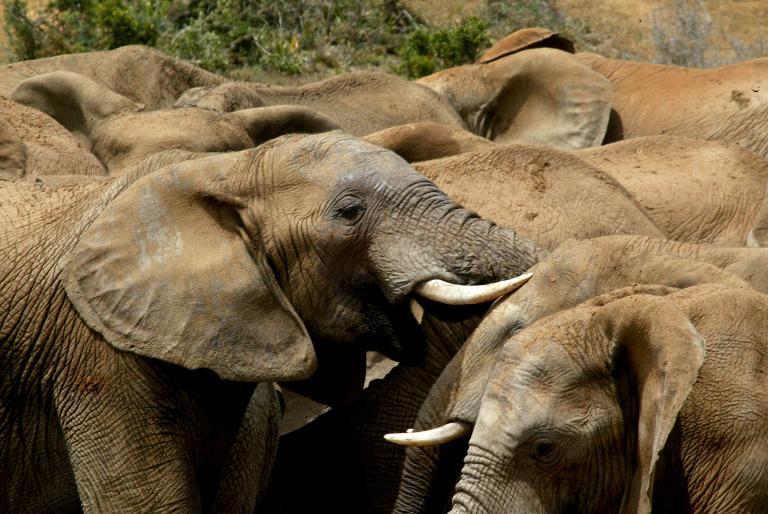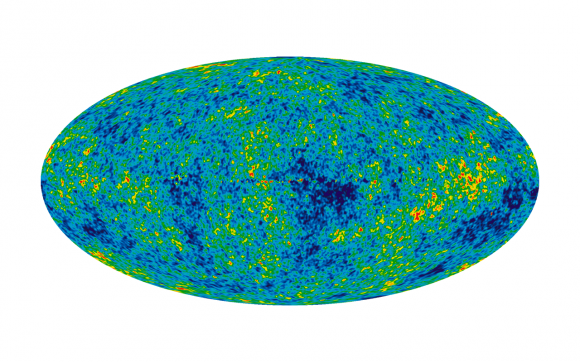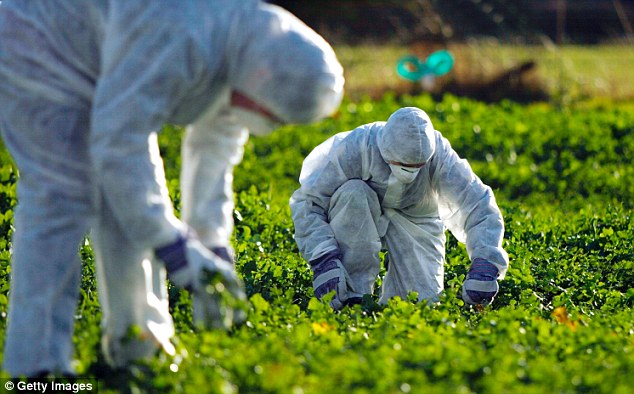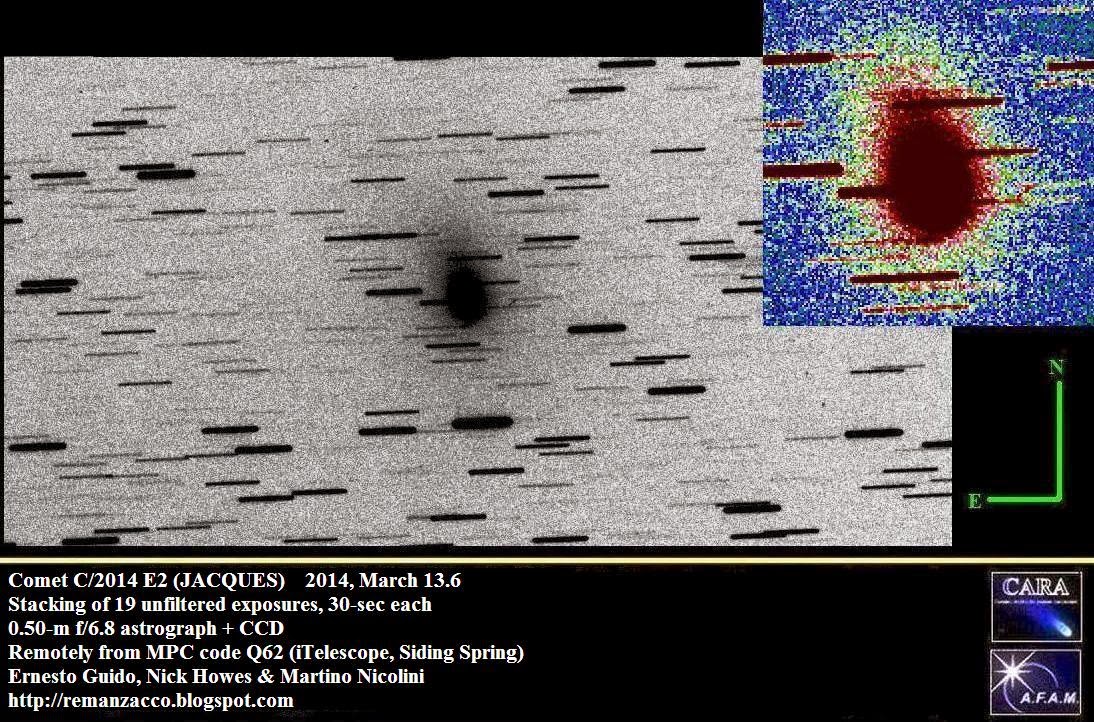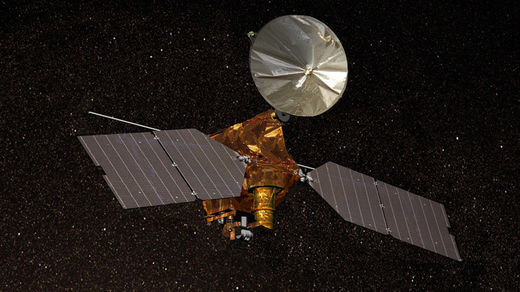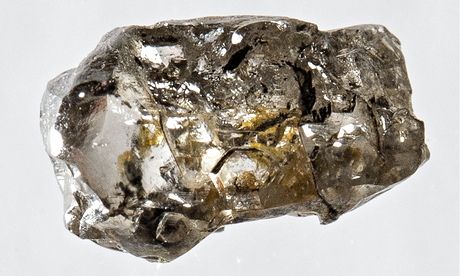
© SPLIn Brazil lightning strikes are increasing - and so are the casualties
Lightning appears to be killing and injuring increasing numbers of people in developing countries, meteorologists and experts say.
The total casualties could even be higher than other weather-related disasters like floods, landslides and droughts.
"The frequency of lightning has somehow increased from what it used to be," says Michael Nkalubo, commissioner at Meteorological Department of Uganda, a country where lightning storms are common.
"I cannot say that a study has been carried out on this but I am saying this on the basis of my general observation.
"It is something increasing every year and we think this is a manifestation of climate change but we also need to establish whether deforestation has also contributed."
South Africa is another country in the African continent where lightning-related deaths and injuries are or the rise, officials say.
In South East Asia too experts believe lightning incidents and casualties are going up.
"It is a growing problem in the region," said Hartono Zainal Abidin, a lightning protection expert in Malaysia.
The replacement of the forest by urban areas has been causing an increase in the lightning activity in the Amazon region, Brazilian researchers suggest.
According to a study led by scientist Osmar Pinto Junior of Brazil's National Institute for Space Research, the city of Manaus, in the heart of the Amazon rainforest, has seen a 50% rise in lightning strikes in the past 30 years, reaching a current rate of 13.5 strikes per km² per year.
Looking at satellite images, Mr Pinto Junior and his team have found that, over the city, the lightning activity is larger than that in neighbour regions.
"Our results indicate that such changes have been caused by what we call Urban Heat Island (UHI)", he said.
"While in the last three decades the surface air temperature in the tropics has increased by approximately 0.4C, it has increased by 0.7C in Manaus."
Pinto Junior explains that this phenomenon occurs when green areas are replaced by buildings and other urban features, pushing the temperatures up and prompting more lightning storms.
